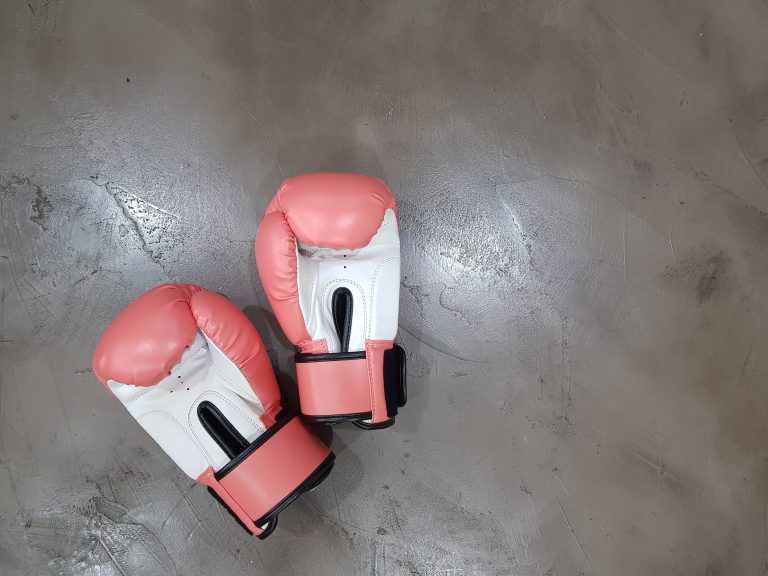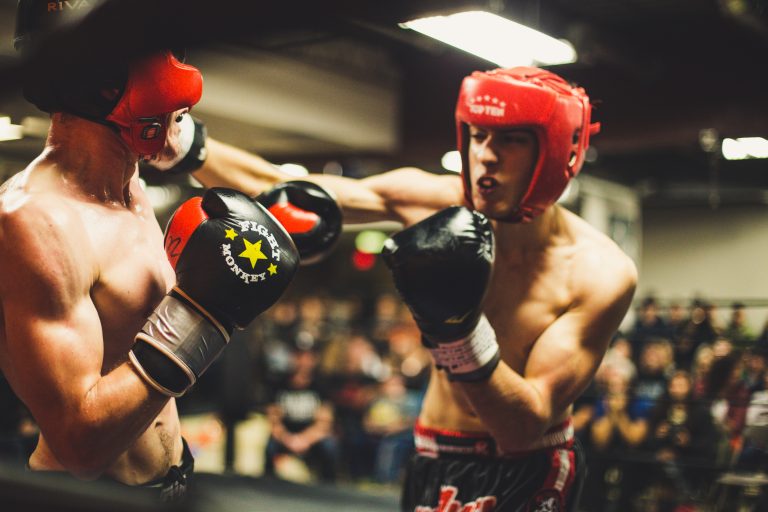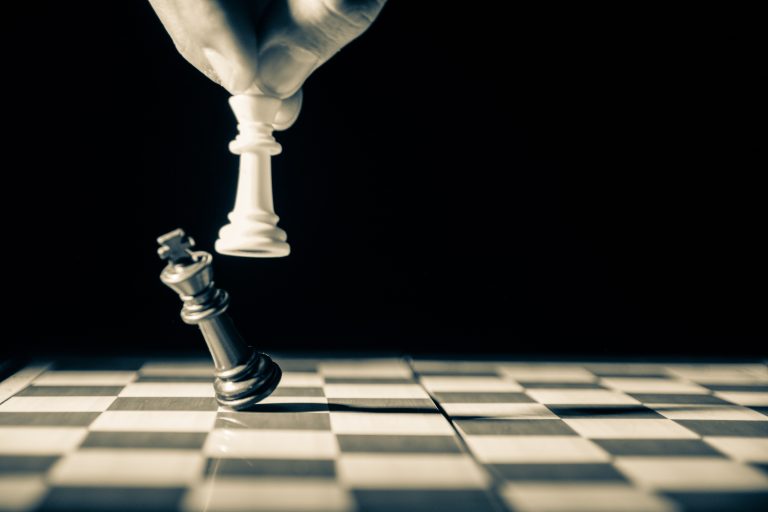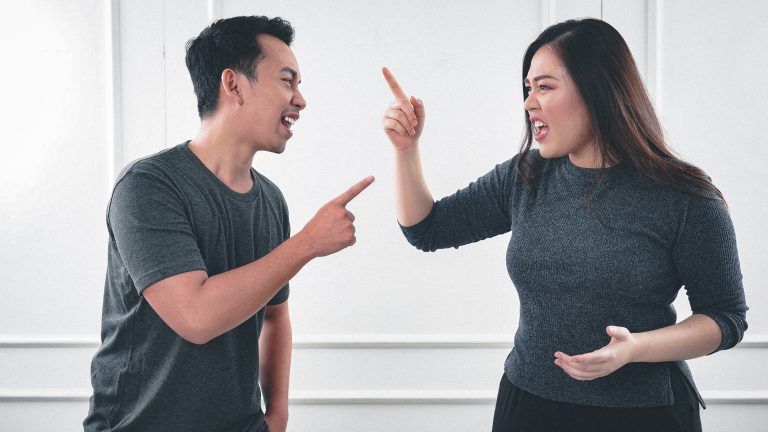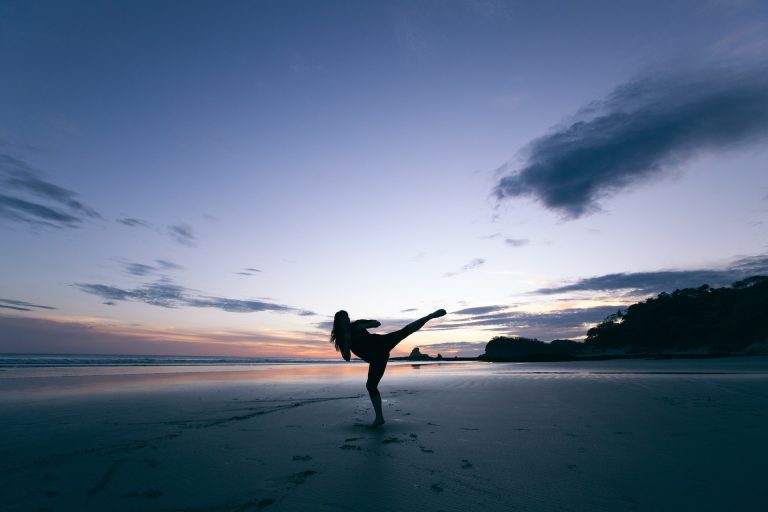The History of Karate: How it Was Created and Its Evolution
Karate is a martial art originating from Okinawa, Japan, and has gained popularity all around the world. The origins of karate can be traced back to the Ryukyu Kingdom, which was a small, independent state located in the southern islands of Japan.
The exact origins and the development of karate are not entirely clear, but it is generally agreed that it was formed through the combination of Chinese martial arts and traditional Okinawan martial arts. Many Okinawan martial arts underwent significant transformations when they were brought to Japan, and the Okinawans were quick to borrow techniques from other styles that they encountered.
Over the years, the practice of karate has evolved and has been shaped by different schools and masters who have contributed to its development. In this blog post, we will explore the history of karate and how it was created.
The Development of Karate in Okinawa
The history of karate can be traced back to the late 19th century in Okinawa. The Okinawans were subjected to many invasions and were not allowed to carry weapons, so they relied heavily on their martial arts skills to protect themselves.
Initially, martial arts were only practiced by the nobility, but over time, martial arts became more widespread and were taught to everyone, regardless of social status. This led to the development of various styles of martial arts in Okinawa, including Shorin-ryu, Goju-ryu, and Uechi-ryu, which formed the foundation of karate.
The Influence of China on Karate
The Okinawans traded extensively with China, and it was through this trade that Chinese martial arts such as kung fu were introduced to Okinawa. The Okinawans were quick to adopt these techniques and incorporated them into their existing martial arts. This blending of Chinese and Okinawan martial arts eventually led to the birth of karate.
One of the most influential persons in the development of karate was Chojun Miyagi, who founded the Goju-ryu style of karate. Miyagi had traveled to China to study martial arts, where he learned about the philosophy behind martial arts and the importance of breathing techniques. He incorporated these principles into his teaching and created a unique style of karate that focused on the balance of physical power and mental clarity.
The Evolution of Karate
Karate continued to evolve in the 20th century, with many masters developing their unique styles and emphasizing different aspects of karate. Gichin Funakoshi was one of the most famous karate masters in the world and is often described as the father of modern karate. He developed the Shotokan style, which focused on the principles of balance, posture, and proper technique.
Another influential master was Mas Oyama, who created the Kyokushin style of karate. His style placed a significant emphasis on full-contact sparring and breaking techniques, which became one of the hallmarks of Kyokushin karate.
Over time, karate became popular in Japan and eventually spread around the world. Karate became an Olympic sport, with the 2020 Summer Olympics in Tokyo featuring karate as an official event.
What is the history of Karate?
Karate is a popular martial art that originated on the Okinawan Islands of Japan. The evolution of karate is a mixture of both Okinawan and Japanese influences. It is believed that karate originated from Chinese martial arts, which were introduced to Okinawa by Chinese envoys and traders during the 14th century. The early form of karate, known as ‚Tote,‘ was later changed to karate by Gichin Funakoshi, the founder of Shotokan karate. From there, karate spread throughout Japan and then to the rest of the world.
What are the different styles of Karate?
Many different styles of karate have developed over time. Some of the most popular ones include:
Shotokan Karate
Shotokan is one of the oldest and most popular styles of karate. It is named after the founder, Gichin Funakoshi, who developed it in the early 20th century. Shotokan karate emphasizes the development of proper technique and the mastery of basic movements.
Wado-Ryu Karate
Wado-Ryu was founded by Hironori Ohtsuka in the 1930s. It is a combination of karate and Jujutsu, which emphasizes speed and agility over strength.
Goju-Ryu Karate
Goju-Ryu is a traditional form of karate that focuses on the development of both physical and spiritual strength. It was developed by Chojun Miyagi in the early 20th century.
Shito-Ryu Karate
Shito-Ryu is a hybrid style of karate that combines elements of both Shotokan and Goju-Ryu. It was developed by Kenwa Mabuni in the early 20th century.
What are the basic techniques in Karate?
There are several basic techniques in karate, including:
Punches
Karate punches are fast and powerful strikes that are used to deliver a blow to an opponent’s body. There are several different types of punches in karate, including the straight punch, the uppercut, and the hook punch.
Kicks
Karate kicks are powerful techniques that can be used to strike an opponent from a distance. Some of the most common kicks in karate include the front kick, the side kick, and the roundhouse kick.
Blocks
Karate blocks are defensive techniques that are used to stop an opponent’s attack. There are many different types of karate blocks, including the low block, the high block, and the middle block.
What are the benefits of practicing Karate?
Practicing karate has several benefits, including:
Physical Fitness
Karate is a full-body workout that can help improve cardiovascular health, strength, and flexibility.
Self-Defense
Karate techniques can be used in a self-defense situation to protect oneself from attackers.
Mental Discipline
Karate teaches mental discipline, including focus, patience, and determination.
Social Interaction
Practicing karate allows for social interaction with other practitioners and can help develop a sense of community.
What is the ranking system in Karate?
Karate uses a ranking system to denote skill level. The ranking system consists of colored belts, with the white belt being the lowest rank and the black belt being the highest rank. The colored belt system has several levels of ranking before reaching the black belt level.
How to create Karate: Step-by-Step Guide
Karate is an ancient martial art that originated in Okinawa, Japan. It is well-known for its striking techniques, including kicks, punches, and knee strikes. Karate requires a lot of discipline, dedication, and practice. In this guide, we will take you through the steps involved in creating karate so that you can start your journey towards becoming a skilled karateka.
Step 1: Learn the Basics
Before you can create karate, you need to have a strong foundation in the basic techniques. This includes learning the proper stance, basic punches, kicks, and blocks. You can learn these basics in a variety of ways, including attending a local karate school, working with a private instructor, or by following online tutorials.
Step 2: Develop Your Body and Mind
Karate requires a lot of physical and mental strength. To create karate, you need to develop and maintain a high level of fitness, including flexibility, strength, and endurance. You should also work on developing mental focus, concentration, and discipline through meditation, visualization techniques, and other mental exercises.
Step 3: Practice, Practice, Practice
Karate is all about practice. To create karate, you need to practice your techniques consistently and regularly. This includes attending regular classes or private lessons, practicing drills and forms on your own, and sparring with other karateka. You should also seek feedback from instructors and other experienced karate practitioners to help you identify areas for improvement and refine your techniques.
Step 4: Test Your Skills
As you progress in your karate training, you may want to test your skills by participating in tournaments, competitions, or demonstrations. This can help you gain valuable experience and improve your techniques. It can also be a great way to meet other karateka and build a community around your shared passion.
Step 5: Continue Learning and Improving
Karate is a lifelong journey of learning and improvement. Even the most skilled karateka can always find ways to refine their techniques and deepen their understanding of the art. As you continue to create karate, it’s important to remain humble and open-minded, seeking out new opportunities for learning and growth.
Conclusion
Creating karate requires discipline, dedication, and a willingness to learn and improve. By following these steps, you can start your journey towards becoming a skilled karateka. Remember to take it one step at a time, focus on the basics, and always keep an open mind. With time and practice, you can create karate that is strong, precise, and effective.
Inhaltsverzeichnis

